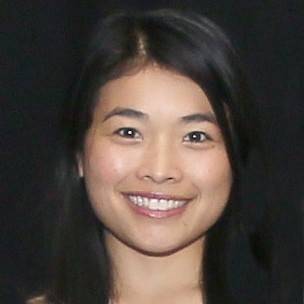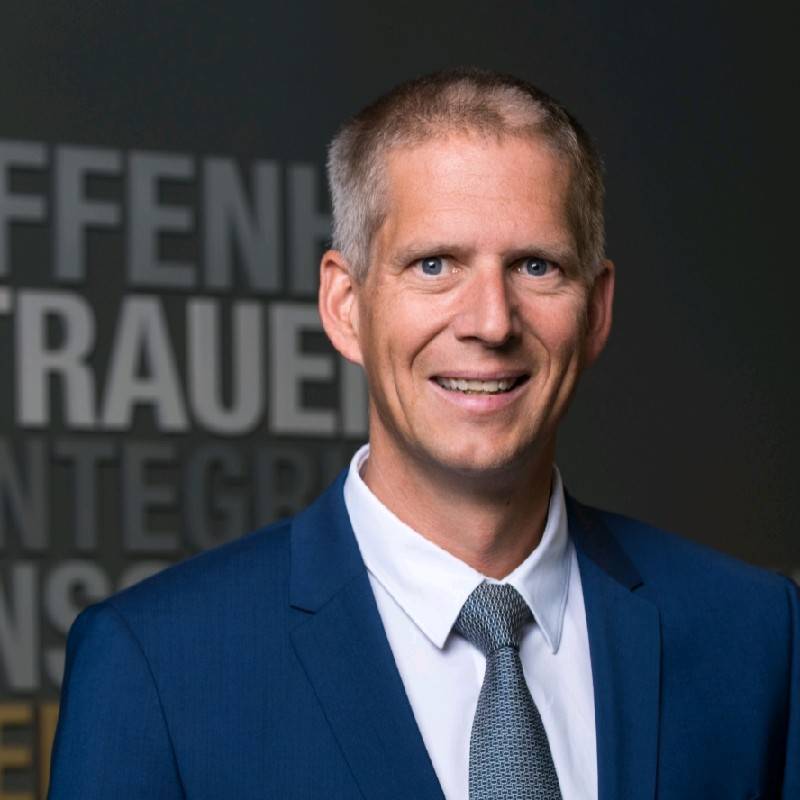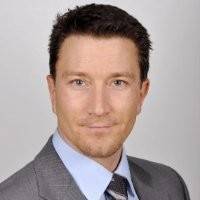This is Part 7 of a seven-part series on making speeches and presentations memorable. It is based on the book Made to Stick by Chip and Dan Heath.
Think back to your childhood. How great was it to lose yourself in a good story? The feeling is just as great today. Even in these tough economic times, the book business (online and in store) and movie industry (rentals, purchases and theatres) are still holding up. Everyone loves a good story. And everyone remembers a good story too.

Telling stories is the sixth and final way in which to make an idea “sticky” according to the Heaths in Made to Stick. It is one of the most important things that we, as public speakers, can do to make our presentations memorable.
The Heaths cite the work of psychologist Gary Klein. According to Klein, stories are effective teaching tools; they illustrate causal relationships that people might not have recognized before and highlight resourceful ways in which people have solved problems. Additionally, stories help to motivate our audiences to act.
How well do we remember stories compared to other kinds of information? Well, Chip Heath teaches a class at Stanford University. For one exercise he divides the students into groups of six to eight and gives them some statistics on crime patterns in the United States. Half the students in the group must make a one-minute presentation in support of the proposition that non-violent crime is a serious problem; the other half much each make a one-minute presentation arguing that non-violent crime is not a serious problem.
After everyone has presented, the students vote for the person in their group whom they thought was the best. Then, the exercise is over . . . or so they think.Chip moves on to something else and often shows a short video to distract the students. He then abruptly asks them to write down everything that they can remember about the speeches they heard. I’ll let the Heaths pick it up from here:
The students are flabbergasted at how little they remember. Keep in mind that only ten minutes have elapsed since the speeches were given. Nor was there a huge amount of information to begin with – at most they’ve heard eight one-minute speeches. And yet the students are lucky to recall one or two ideas from each speaker’s presentation. Many draw a complete blank on some speeches – unable to remember a single concept.
But here’s where it gets really interesting in terms of the power of stories:
In the average one-minute speech, the typical student use 2.5 statistics. Only one student in ten tells a story. Those are the speaking statistics. The “remembering” statistics, on the other hand, are almost a mirror Image: When students are asked to recall the speeches, 63% remember the stories. Only 5% remember any individual statistic.
For me, this excerpt is a gem. It demonstrates just how powerful stories can be. And yet, many speakers shy away from stories, preferring instead to inundate their audiences with statistics and other bland details. This is unfortunate because by not telling stories, these speakers are foregoing the use of one of the most effective tools in a speaker’s arsenal.
















Excellent article. It not only points out the secret to crafting a good speech; it is a powerful principle in leadership. Abraham Lincolin used story telling and humor to persuade others during the American Civil War.
Wonderful article. As a beauty professional in Hollywood, and growing up as a little boy in Georgia who wanted to brush and style hair – my stories of “breaking through” always build a great bond with audiences. Stories are exciting, they are memorable, and they bring people closer. Great job, John.
Billy Lowe – http://www.billylowe.com
Political application seen just yesterday on a BBC web site:
In his book The Political Brain, psychologist Drew Westen, an exasperated Democrat, tried to show why the Right often wins the argument even when the Left is confident that it has the facts on its side.
He uses the following exchange from the first presidential debate between Al Gore and George Bush in 2000 to illustrate the perils of trying to explain to voters what will make them better off:
Gore: “Under the governor’s plan, if you kept the same fee for service that you have now under Medicare, your premiums would go up by between 18% and 47%, and that is the study of the Congressional plan that he’s modelled his proposal on by the Medicare actuaries.”
Bush: “Look, this is a man who has great numbers. He talks about numbers.
“I’m beginning to think not only did he invent the internet, but he invented the calculator. It’s fuzzy math. It’s trying to scare people in the voting booth.”
Mr Gore was talking sense and Mr Bush nonsense – but Mr Bush won the debate. With statistics, the voters just hear a patronising policy wonk, and switch off.
For Mr Westen, stories always trump statistics, which means the politician with the best stories is going to win: “One of the fallacies that politicians often have on the Left is that things are obvious, when they are not obvious.
Mike, thank you for the thoughtful comment and the great anecdote to illustrate the point. Cheers! John
Hi John –
Enjoying your series very much. But please close the loop for me: What constitutes a “story”? What makes a story different from other structures, say a short seminar with a defined beginning (you will learn), middle (this is what you need to know) and end (this is what you just learned).
Hi Tony,
I’m glad that you’re enjoying the “Making it Stick” series and thanks for the question.
For me, a story is a narrative, whether fiction or non-fiction. What makes a story so important from the perspective of conveying information is that it adds an emotional element. As Annette Simmons says in her book, “The Story Factor”, the difference between giving an example and telling a story is the addition of emotional content and added sensory details in the telling. A story weaves detail, character and events into a whole that is greater than the sum of its parts. The story gives additional punch to the message that it contains.
As I discuss in The Psychology of Storytelling, scientists have found that people are wired for stories. They affect us on the neurological level. And when you think about it, people have been using stories throughout the ages to convey messages: Aesop, LaFontaine, Jesus, Mohammed and many others all used stories. A great example of how storytelling was used to convey three simple but important messages is Steve Jobs’ convocation address at Stanford. The video is really worth watching and you can see it here.
And we all have stories to share. Whether they are personal stories or stories about others, we all have them and they can be used to great effect in our speeches and presentations. Of course, there also has to be an underlying message or theme, and there needs to be a structure. And, we do not need to tell a story for every point. But weaving them (appropriately) into a presentation is almost always a good idea.
Hope that this is helpful.
Cheers!
John
Old article but still a great one, my friend actually sent it across to me to read earlier today. It’s so true though, great memorable stories are the best way to leave a mark.
Great read.
Much appreciated, Joshua.
An excellent article that’s still relevant today. Using statistics and figures certainly makes commentary more memorable… 100% of the time.
Thank you for the comment.
I struggle with public speaking sometimes. I feel as though I go off on tangents and can be quite hard to follow. Telling stories is something that would help me. I’ve tried before, but I find it quite difficult to come up with good ones!
Hi Daniel,
I suspect that you have many good stories but that you don’t consider them good. A good story need not be dramatic. You could have a very important story that happened in your kitchen while making supper. A good story should have four “truths” according to Peter Guber: truth to the teller (which means that you feel something for the story); truth to the audience (there is something in the story for them); truth to the moment (the right story, in the right amount of detail, at the right time); and truth to the mission (how the story helps the public move toward the objective that you have set for them.
Here’s an exercise you can try: Think of three stories – one from your childhood; one from your work; and one from last week. Write down a few sentences for each. Now think, what is the lesson that you can pull from each of these stories? And then you will have three more stories for your “story bank”.
Good luck!
Fantastic article on the power of storytelling! I couldn’t agree more that stories have a unique ability to captivate audiences and make messages stick. Incorporating storytelling into presentations is a game-changer for engagement and retention. Thanks for sharing this insightful piece!
Thanks, Robert. Appreciate the comment. I just wish that more people realized how powerful storytelling is.